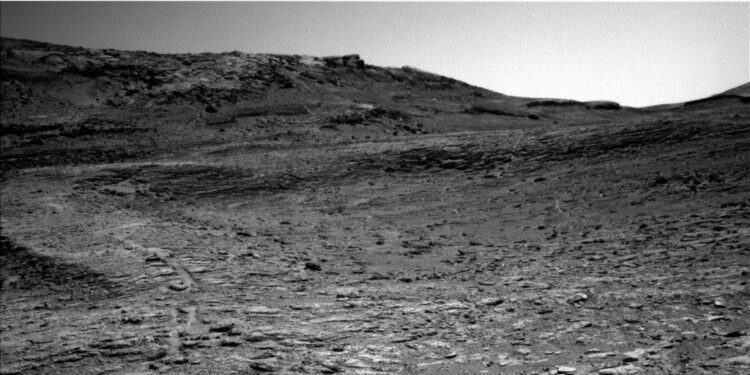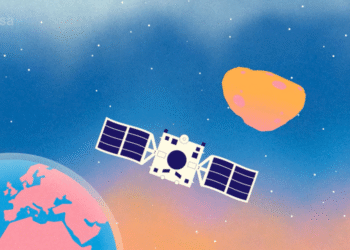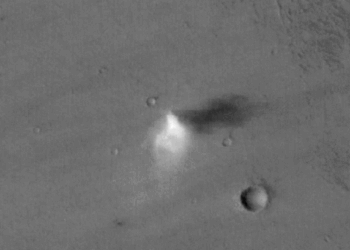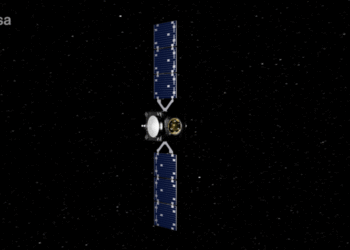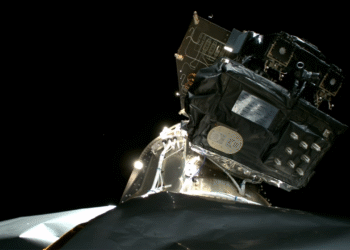The Curiosity Rover on Mars has been diligently continuing its mission, providing invaluable insights into the Martian landscape and environment. Recently, the rover has been focusing on its journey to a location known as “Gediz Vallis Ridge.” This spot is particularly interesting for researchers because it could hold clues about the planet’s past water activity, which is a key element in understanding Mars’s history and potential for life.
The rover’s exploration is part of a long-term plan to study the diverse geological features present in the region. Its instruments have been capturing images and collecting data that help in the analysis of rock formations and the soil composition. This information contributes to a better understanding of the planet’s climate history and geological changes.
Curiosity’s journey, however, is not without its challenges. The team often plays a “waiting game,” dealing with unexpected delays and assessing the rover’s path carefully to avoid hazards. This cautious approach helps ensure that the rover can navigate safely and continue its scientific endeavors.
Several scientific instruments onboard the rover are being utilized to their full potential. These include the ChemCam, which uses a laser to study the chemical elements of Martian rocks, and the Mastcam, which captures detailed images of the landscape. Such tools are pivotal in acquiring direct evidence of the past environmental conditions on Mars.
In addition to geological observations, the rover also measures radiation levels and monitors atmospheric conditions. This comprehensive data collection aids scientists in preparing for potential human exploration of Mars, aiming to ensure astronaut safety and mission success.
The effort to tackle the mysteries of Mars by the Curiosity Rover exemplifies NASA’s commitment to advancing space exploration and enhancing our understanding of the universe. By piecing together the planet’s history of water and climate, each discovery brings us closer to solving the enigma of whether life ever existed on Mars.
For more detailed updates on the Curiosity Rover’s findings and progress, visit the NASA Science Blog.


